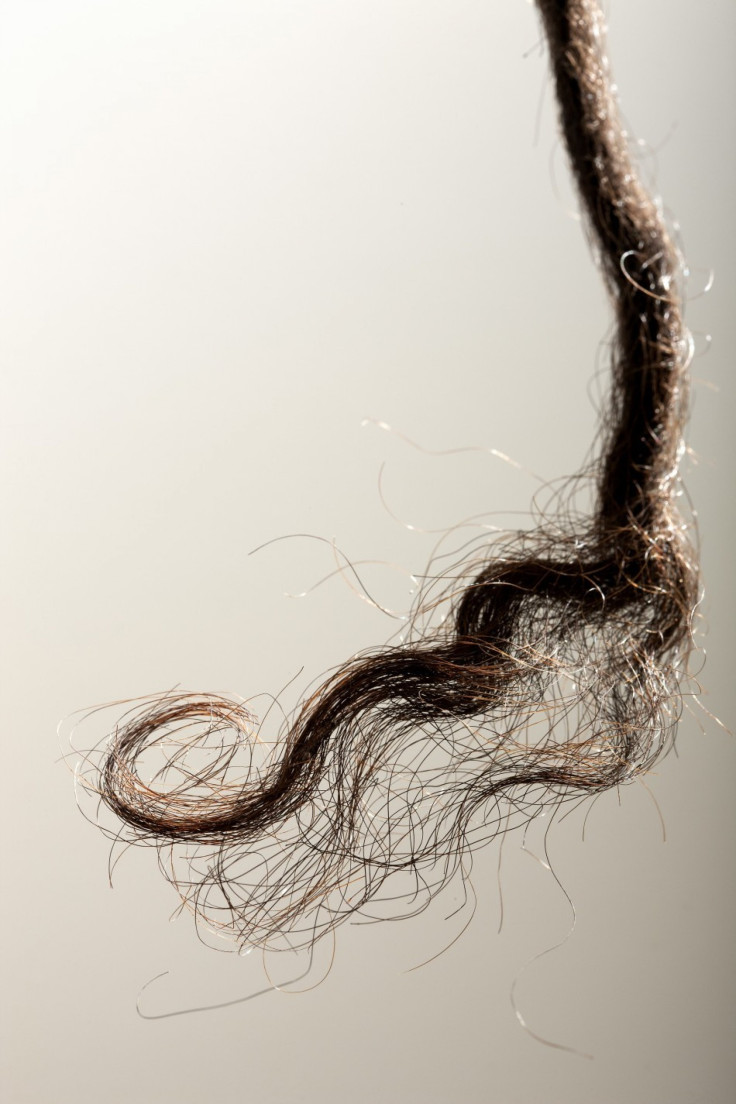Century-Old Hair From Australian Aboriginal Man Unlocks Mystery of Human Dispersal

In the 1920s, an Aboriginal man from Kalgoorlie in Western Australia gave a lock of hair to a British anthropologist. Now, after over a century, scientists have obtained a genomic sequence from that 100-year-old lock of hair, which showed that Aboriginal Australians are descendants of an early human dispersal into eastern Asia, possibly 62,000 to 75,000 years ago.
However, according to researcher, this dispersal is separate from the one responsible for the rise of modern Asians 25,000 to 38,000 years ago. They said that evidence of gene flow has also been found between populations of the two dispersal waves earlier than the deviation of Native Americans from modern Asian ancestors.
Apart from examining the complete DNA sequence of the Aboriginal Australian, the team of researchers also looked at the DNA sequence of three Han Chinese people to look deep into the more recent origins of modern humans in East Asia and Europeans. They found that there were multiple waves of migration into Eastern Asia.
Researchers said that the latest findings support the hypothesis that contemporary Aboriginal Australians descend from the earliest humans to settle in Australia, likely representing one of the oldest constant populations outside Africa.
While the ancestors of Europeans and Asians were sitting somewhere in Africa or the Middle East, yet to explore their world further, the ancestors of Aboriginal Australians spread rapidly; the first modern humans traversing unknown territory in Asia and finally crossing the sea into Australia, said Professor Eske Willerslev from the University of Copenhagen, who led the study.
It was a truly amazing journey that must have demanded exceptional survival skills and bravery, Willerslev said.
The first inhabitants of Australia had to cross over Asia to reach Sahul, the ancient continent that comprised Australia, New Guinea and Tasmania, and this had to be done before the sea level rise at the end of the Ice Age. This indicates that the early inhabitants must have had excellent boat-building skills and technology. But there is no evidence of that.
Dr. Richard Klein, a paleoanthropologist at Stanford University said that there isn't any archaeological evidence for boats, something that has made the Aborigine's occupation of Australia quite puzzling to some researchers, The New York Times reported.
The study, published in the journal Science, received the full endorsement of the Goldfields Land and Sea Council, the organization representing the Aboriginals of the region.
According to the organization, Aboriginal people, in the Goldfields, as elsewhere, always feel secure in their connection to the country, and the research does not alter this fact.
© Copyright IBTimes 2024. All rights reserved.












